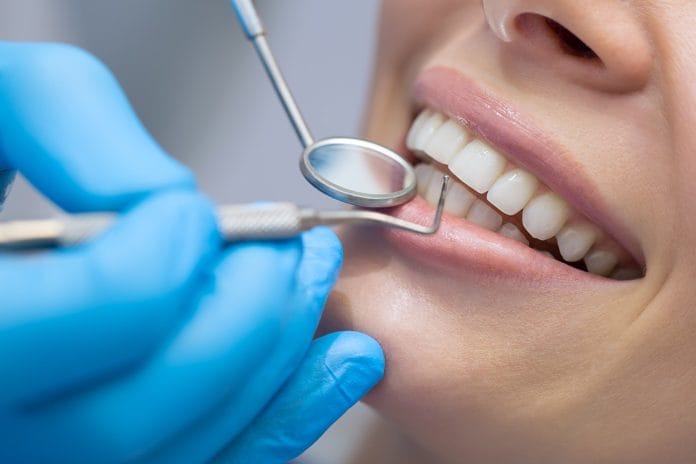Researchers have found a new and exciting application for “magnetically driven” robots: to clean teeth. The Penn State scientists developed and examined two methods for using this technology to remove biofilm.
One was through a tray that a patient would put in their mouth. The tray would be 3D printed, allowing the microbots to get in between the teeth. A patient would put the tray in his or her mouth, and magnetically operated bots would clean the teeth.
The other method involves a solution that a patient would put in his or her mouth. This method would be better for cleaning the surfaces of teeth.
These two different methods of cleaning would give patients more coverage. The surfaces of the teeth would be cleaned, as well as interdental spaces. Any deep crevices in tooth structure would be within reach for these microbots.
The robots are magnetically controlled metal particles. They carry a special catalytic antimicrobial material with them. This material helps them remove biofilm, and the tiny bots take the biofilm waste with them on their way out.
How It Works
The technical term for these microbots is Catalytic Antimicrobial Robots or CARs. The robots carry bacteria-killing free radicals. These free radicals attack and destroy the entire structure of the biofilm. Then, the robots clear away all debris.
These bots break down and destroy all biofilm matrices they come into contact with. This is important, because under normal circumstances when biofilm is removed by scaling, trace amounts can be left behind. This allows the biofilm to regrow faster. By using CARs, dental professionals would be able to protect a patient’s teeth better, and teeth would be bacteria free for longer.
The bots clean up after themselves, too. Any debris left on teeth after the destruction of the bacteria is swept away. The researchers described the action of removing the dead biofilm as “plow like.”
Implications
We’re probably a long way from microbots cleaning teeth instead of a hygienist scaling with instruments. The first use of biofilm removing microbots will probably be for cleaning medical and dental instruments. Since the bots can clean between tiny cracks, and across all kinds of surfaces, they’re perfectly suited to cleaning all types of equipment.
The one downside to the current state of CARs is that they may be cost prohibitive. In order for the bots to clean certain spaces, like interdentally, they require a custom 3D printed mold. While 3D printing is becoming more popular, it would still be an expensive prospect to 3D print molds for every patient. Even printing molds for equipment may be too costly.
Even though it might be a while before CARs are widely used in dental practice, it’s still an interesting prospect. Dental professionals will be able to eliminate bacteria and biofilms from patients faster and more efficiently. Patient outcomes and oral health will improve. New inventions like these microbots prove that the future of the dental industry is exciting for patients and dental professionals alike.












